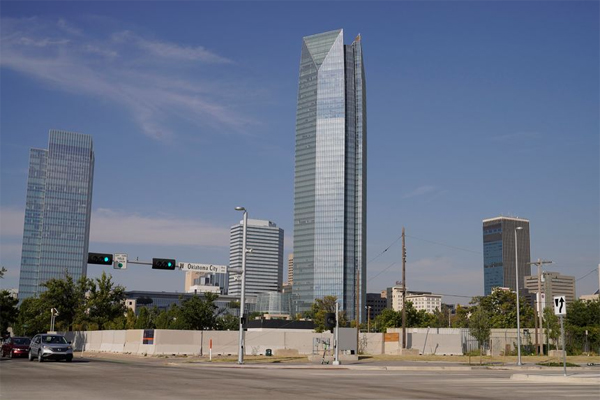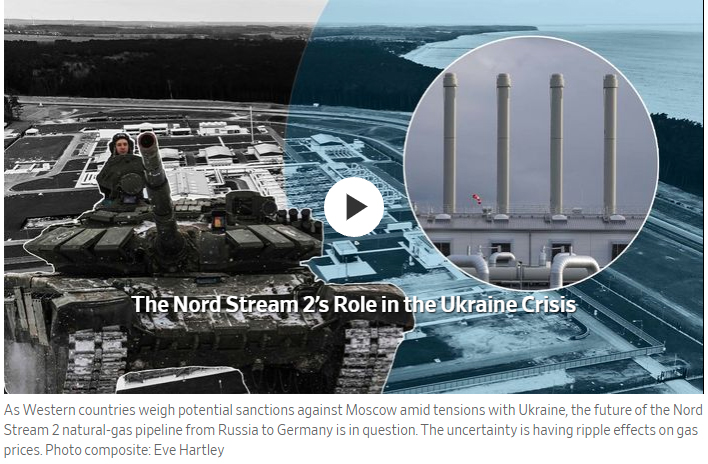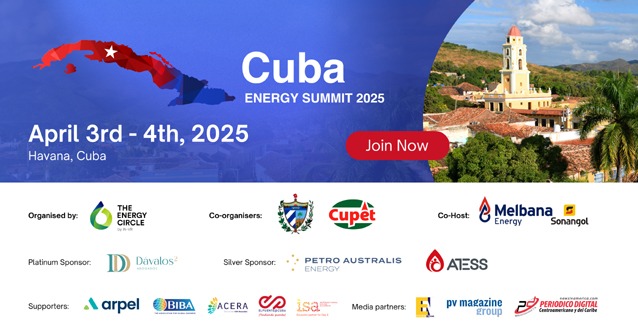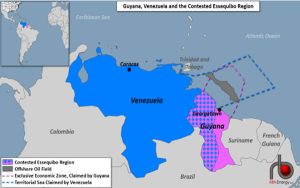
Collin Eaton/WSJ
HOUSTON
EnergiesNet.com 02 21 2022
America’s largest frackers are reporting huge profits but plan to keep oil production in low gear this year, adhering to an agreement with Wall Street, even as prices approach the $100-a-barrel mark for the first time since 2014.
Three of the largest shale companies, Pioneer Natural Resources Co. PXD 1.41% , Devon DVN -0.85% Energy Corp. and Continental Resources Inc., CLR -2.17% this week reported their highest annual profits in more than a decade for 2021. The companies said they collected record amounts of extra cash by hanging on to the money they earn selling oil and natural gas and reinvesting only what they needed to keep output roughly flat. All three said they would continue to limit production growth this year.

For now, most large shale companies aren’t answering the White House’s call, sticking to commitments they made to limit production and return more cash to shareholders, an effort to win back investors who fled the industry after years of poor returns.
U.S. oil prices fell almost 1% Friday to $91.07 per barrel.
Oklahoma-based Devon, the top performer in the S&P 500 last year, said it has expanded a share-buyback program by 60% and raised its dividend to a record level. The company also said it collected $2.8 billion in profit last year, its highest since 2007. Devon expects costs to rise 15% because of inflation and supply-chain disruptions but aims to pump about the same amount of oil as last year.
“I want to be clear that there is no change to our cash-return playbook,” Devon Chief Executive Richard Muncrief told investors Wednesday. “It will be more of the same.”
Analysts disagree about how much U.S. oil production will rise in response to high prices this year, amid a supply vacuum left by the Organization of the Petroleum Exporting Countries and its allies, collectively known as OPEC+, which haven’t kept up with a goal set last year to add 400,000 barrels a day to the market each month.
While forecasts vary widely, many analysts expect growth to be concentrated in the Permian Basin of West Texas and New Mexico, by far the most active U.S. oil field, driven by private companies and the two U.S. oil majors, Exxon Mobil Corp. and Chevron Corp. CVX -0.14% But most big shale companies plan to keep production roughly flat overall.
The average number of drilling rigs run by private oil producers rose to 323 so far in February, up 127% from the start of last year, according to energy data analytics firm Enverus. Meanwhile, rigs operated by large and midsize publicly traded oil producers rose about 28% to 215 over the same period.
Mr. Muncrief said he expects output to rise in the Permian, but not rapidly, and that it is likely “going to be the only place in the U.S. you truly even see much growth.”

Energy consultant Wood Mackenzie expects output in the contiguous U.S. by year-end to increase by 240,000 barrels a day, almost solely in the Permian, which would be offset by declines elsewhere.
Ben Dell, managing partner at Kimmeridge Energy Management Co., an investor and advocate for oil companies to keep pumping flat and return cash to shareholders, said there is no reason to stray from that strategy.
“The only question investors should ask is why on earth would they want any U.S. [oil producer] to grow?” Mr. Dell said. “The sector has been working. Cash flow is getting returned. This is not the time to change the [new] business model.”
Pioneer posted $2.1 billion in annual profit last year, the highest in at least two decades, according to FactSet, and it sent about $1.9 billion in cash to shareholders through dividends and share repurchases. It plans to spend $3.3 billion to $3.6 billion in capital this year less than 35% of the cash it projects it will generate from operations.https://f941dc2353504a369bac35fd41283ac4.safeframe.googlesyndication.com/safeframe/1-0-38/html/container.html
Pioneer CEO Scott Sheffield said his company won’t divert from its strategy of raising oil production 0% to 5% a year despite high oil prices.

(Trevor Paulhus/WSJ)
“There’s no change for us,” Mr. Sheffield told investors Thursday. “$100 oil, $150 oil, we’re not going to change our growth rate.”
Mr. Sheffield said that while public companies have so far made good on their pledges to focus on returns instead of jump-starting production growth, private companies continue to grow. He warned that companies growing 15% to 20% a year will “fairly quickly” face inventory limitations.
Meanwhile, Continental CTTAY -2.26% lifted its share-repurchase program 50%, increased its quarterly dividend 15% and recorded an annual profit of $1.66 billion last year, the highest in at least two decades, according to FactSet. It also collected a record $2.6 billion in freed-up cash.
The company’s spending budget is up sharply to $2.3 billion, largely because it plans to develop land it recently purchased in two regions: the Permian and the Powder River Basin of Wyoming. It said its spending will be up 15% in the Bakken Shale of North Dakota and in Oklahoma in part because of inflation, but that it plans to keep overall production flat up to 5% a year through the next five years.
Collin Eaton at collin.eaton@wsj.com
Appeared on The Wall Street journal in the February 19, 2022, print edition as ‘Frackers Hold Back Production As Global Oil Market Tightens.’












